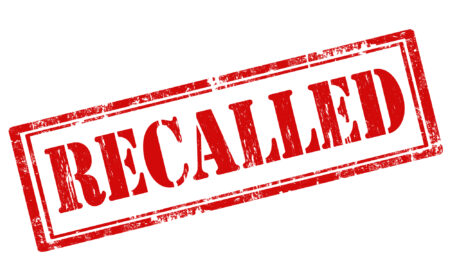For the first time ever, VUEMED and Impinj held a webinar last week to talk about their partnership to bring RAIN RFID technology solutions to their healthcare clients. RAIN RFID is a passive UHF RFID based wireless technology standard that has connected over 15 billion items to the internet over the years, enabling businesses and consumers to identify, locate, authenticate, and engage each item. In the healthcare space, VUEMED and Impinj have joined forces to use passive RAIN RFID to wirelessly connect and network clinical inventory and assets to software applications such as ERP systems and inventory management systems. By tagging medical products and devices (or helping manufacturers tag their products) with standards-compliant Ultra High Frequency (UHF) passive Gen2 RFID tags – which are encoded with all of the unique pedigree information about a product – products are then recorded and “born” in the cloud.
We all know that healthcare providers struggle with their current materials management systems and the growing pressure on hospital budgets. In order to avoid waste and increase revenue, hospitals are looking to gain greater control over their clinical inventory. How big is the problem? According to the Global Health Exchange (GHX), more than 600 medical device recalls are issued each year, and up to 10 percent of products will likely expire on the shelf. Healthcare organizations lose $5 billion annually due to waste in the implantable device supply chain alone.
While Impinj provides the RAIN RFID tag chips, reader chips and readers, VUEMED’s software makes the data available about an item’s identity, location and authenticity across the healthcare supply chain. For hospitals, we bridge the gap between materials management and clinical areas in order to get the most accurate and timely communication of data on a product’s availability, location and pedigree information (lot or serial number and expiration date). For manufacturers, we give them full visibility of their inventories anywhere in the field and all the way inside the hospital.
For a recording of this webinar, click here:





